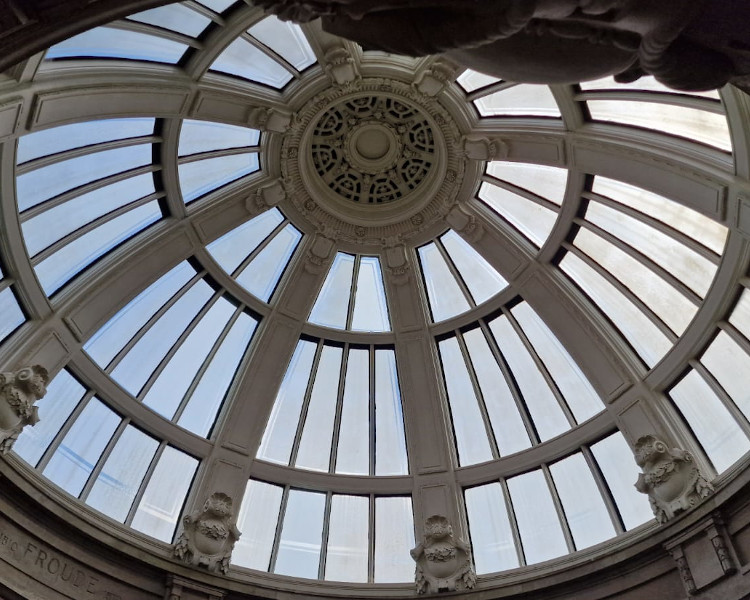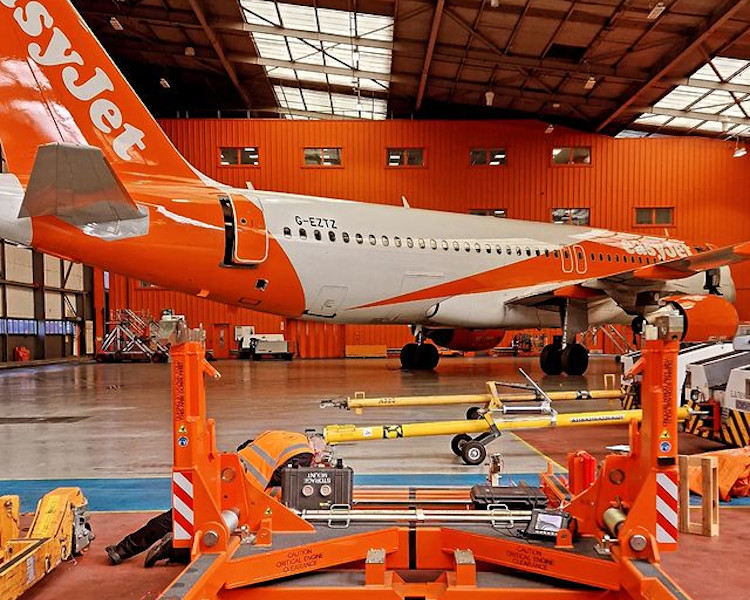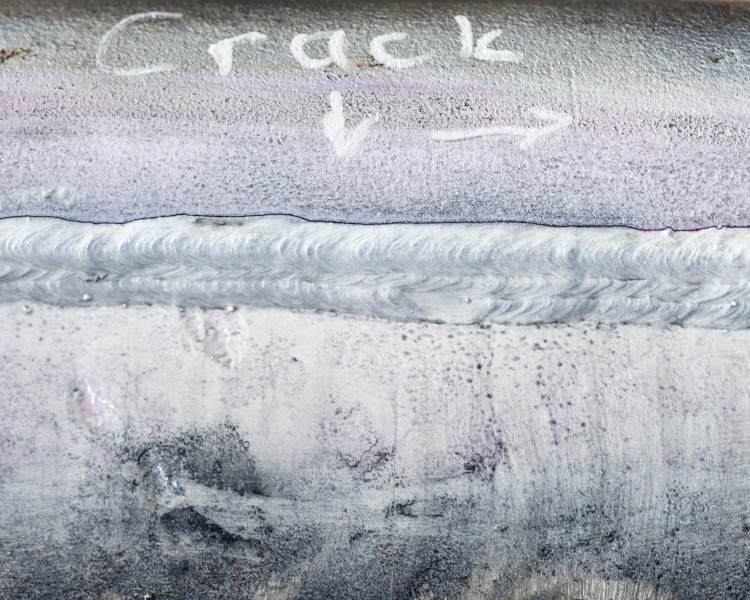
Typical Inspection Methods in Commercial Buildings
There are several techniques used in Commercial Buildings for the collection of various types of data, each of which requiring its own kind of tools, training, and preparation. Some of these techniques might allow for a complete inspection of an object, while others only allow for a surface inspection. The type of material and location to be inspected therefore will have a great influence on the method used.
This means that some NDT methods will have varying degrees of success depending on the type of material they’re used on, and some techniques—such as Magnetic Particle Inspection (MPI), for example—will only work on specific materials (i.e., those that can be magnetized).
Kraken-NDT have specialised in the three main types of NDT inspection for commercial buildings, these being;
Visual Testing. This can be done with the naked eye, by our inspectors visually reviewing a material or asset. For Visual Testing, both indoors and in contained conditions, our inspectors use flashlights to add depth to the object being examined. Visual Testing can also be done with an RVI (Remote Visual Inspection) tool, like an inspection camera or drone.
Testing is the generic term given to a measurement of a property or the performance of an item to assess whether it is fit for purpose. Inspection is also a generic term but on process plant it is used in relation to the visual assessment of plant condition. - Health and Safety Executive
Eddy Current Non-Destructive Testing. This is a type of electromagnetic testing that uses measurements of the strength of electrical currents (also called eddy currents) in a magnetic field surrounding a material in order to make determinations about the material, which may include the locations of defects. To conduct Eddy Current Testing, our inspectors examine the flow of eddy currents in the magnetic field surrounding a conductive material to identify interruptions caused by defects or imperfections in the material.
Magnetic Particle Non-Destructive Testing.This is the act of identifying imperfections in a material by examining disruptions in the flow of the magnetic field within the material. To use Magnetic Particle Inspection, our inspectors first induce a magnetic field in a material that is highly susceptible to magnetization. After inducing the magnetic field, the surface of the material is then covered with iron particles, which reveal disruptions in the flow of the magnetic field. These disruptions create visual indicators for the locations of imperfections within the material.




Submit a review/ Get in touch